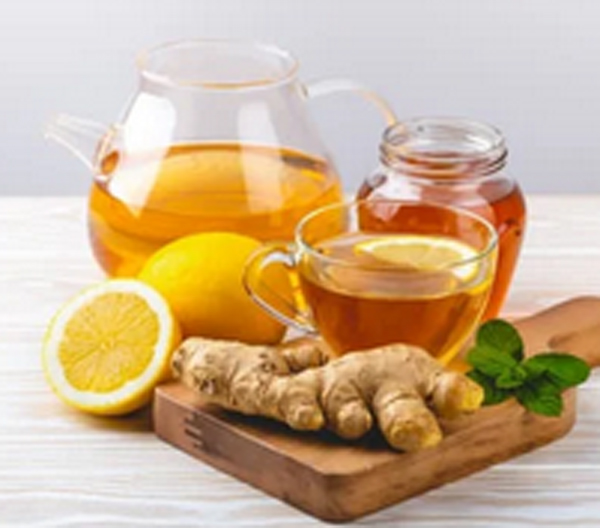What is Fibre and Where is it in Food?
As dietary fibre is relatively indigestible and keeps our digestive system healthy. There are 2 sorts of fibre – Soluble and Insoluble.
Soluble fibre which soaks up water like a sponge and helps to bulk out our stool (poo) aiding elimination and reducing constipation. One of its major roles is to lower LDL (bad) cholesterol levels. Soluble fibre is found in plant cells and includes pectin, gums and mucilage.
Good sources of soluble fibre include:
- Fruit and vegetables
- Oat bran, barley, seed husks, flaxseed, psyllium
- Legumes – dried beans, lentils, peas
Insoluble fibre does not absorb water and helps speed up the time that food passes through our gut. Its major role is to add bulk to stool as well as to prevent constipation. Insoluble fibre includes cellulose, hemicelluloses and lignin, which make up the structural parts of plant cell walls.
Good sources of insoluble fibre include:
- Bran – wheat bran, corn bran, rice bran
- The skins of fruits and vegetables (so don’t peel your veggies)
- Nuts and seeds
- Dried beans
- Wholegrain foods.
What are the Benefits of Fibre?
Fibre is important for many body functions, such as:
Lowering blood cholesterol. Soluble fibre lowers blood cholesterol by binding bile acids (which are made from cholesterol to digest dietary fats) and then excreting them.
Keeping our weight under control. High-fibre foods tend to be lower in energy (calories) and can be protective against weight gain.
Stabilising glucose – which is important if you have diabetes. Eating a high-fibre diet slows the absorption of glucose absorption from our food into our blood (thereby reducing a surge of insulin to stabilise blood glucose levels).
Reducing our risk of other conditions (such as heart disease and some cancers). Studies have shown that dietary fibre and whole grains are protective against some cancers, especially bowel cancer (by increasing stool bulk, diluting possible dietary carcinogens present in the diet). Also, bacteria in our large bowel ferments the fibre and leads to the production of short-chain fatty acids, which also have protective effects. Research has found that a 10g per day intake of total dietary fibre equates to a 10% reduction in the risk of colorectal cancer.
Okay, How Much Fibre do I Need a Day?
The average European/American/Australian diet contains 10 – 20 grams of dietary fibre per day. This is regarded as a low-fibre diet: The average daily intake of dietary fibre for women is 13 – 15 grams per day. The average daily intake of dietary fibre for men is 17 – 19 grams per day.
The “Dosage” Recommendations for Adequate Dietary Fibre are –
Children (4 to 8 years) = 18 grams per day
Girls (9 to 13 years) = 20g / girls (14 to 18 years) = 22 grams per day
Boys (9 to 13 years) = 24g / boys (14 to 18 years) = 28 grams per day
Women = 21 to 25 grams per day
Male = 30 to 38 grams per day
A high-fibre diet is regarded as the consumption of 100 to 170 grams of dietary fibre per day.
So, How do I Eat More Fibre?
Eating a variety of plant-based foods will help you get enough fibre each day. This includes choosing wholegrain, wholemeal and/or high-fibre varieties of grain-based foods like bread and pasta, enjoying a variety of whole grains, such as rice, oats, quinoa, barley, polenta and buckwheat, having at least two pieces of fruit and five servings of vegetables a day.
You can also boost your fibre intake with a few teaspoonsful of bran or psyllium husk on your cereal, muesli or yoghurt or have a small handful of nuts and seeds as a snack each day, and you could try adding a can of legumes to meals like spaghetti bolognese or stir-fries.
Caution! ‘A Word of Warning
If you do not currently have a high-fibre diet (but would like to try one), start slowly. Too much fibre at once can lead to digestive issues. Always make sure you are well hydrated. Start by adding a few more veggies to your meals etc as per the above suggestions, leaving the legumes to last. Legumes are high-fibre foods and can take some getting ‘used to’.
For more on dietary support or other health concerns, please make an online booking to discover more at https://handcraftedhealth.com.au/online-booking/









0 Comments